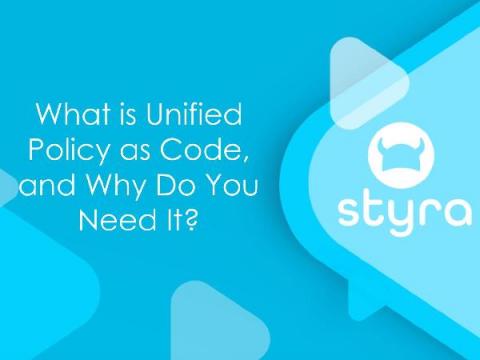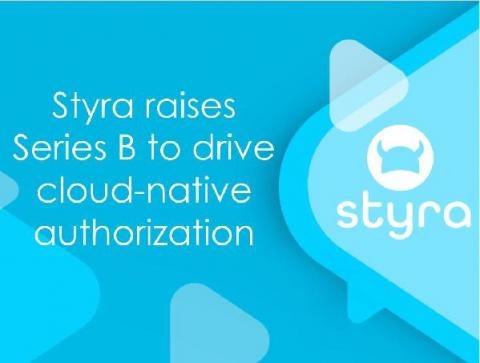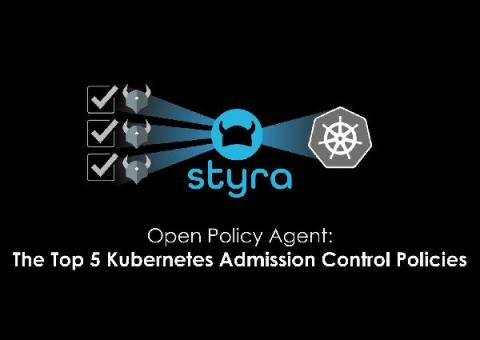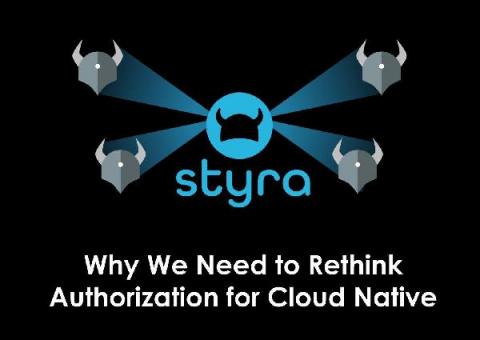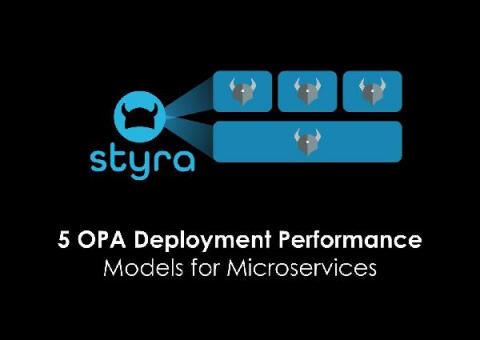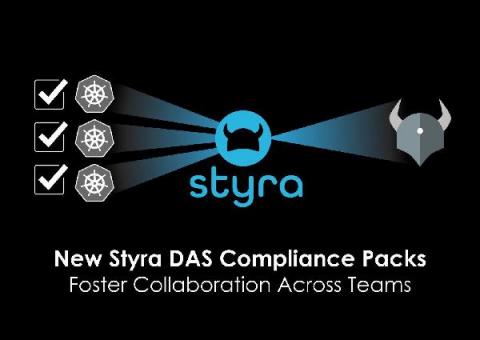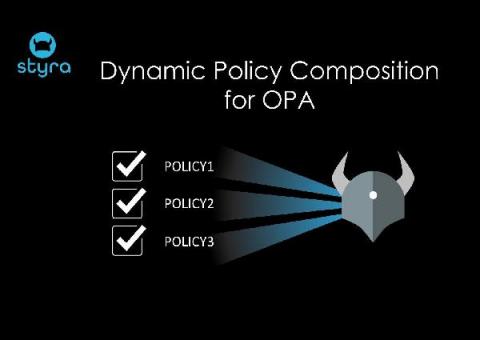Getting Open Policy Agent Up and Running
Today, more organizations than ever use Open Policy Agent (OPA) as the de facto standard for policy enforcement across the cloud native stack. A graduated project from the Cloud Native Computing Foundation (CNCF), OPA has dozens of use cases — from Kubernetes guardrails, to microservices authorization, to infrastructure-as-a-service controls — that are leveraged by millions of users.




